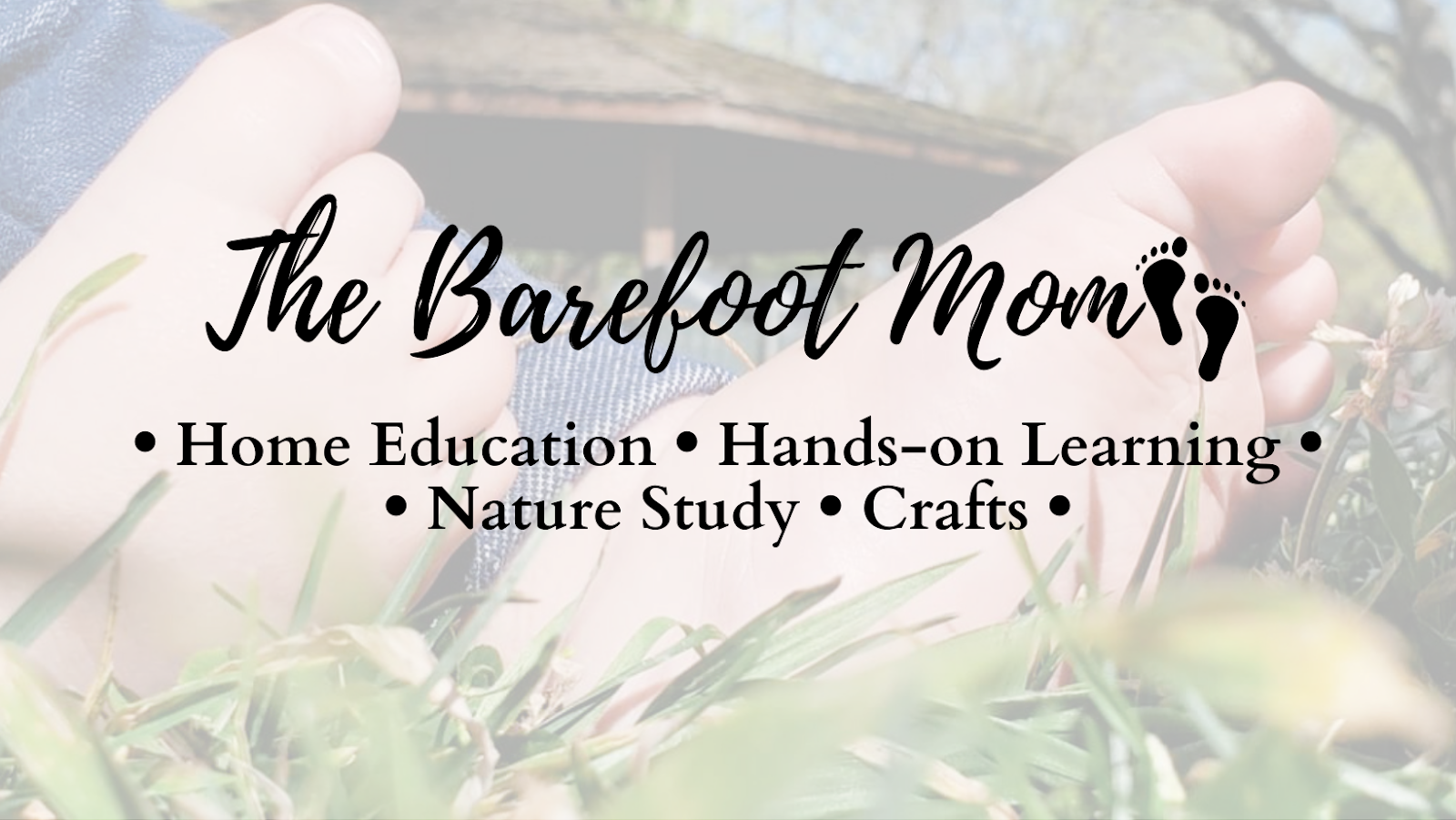We use very little premade curriculum in our homeschool. I tend to build my own curriculum using library books, printables I find online, documentaries, workbooks, YouTube videos, and as many hands on activities as I can come up with (Pinterest is full of awesome ideas). In this post I share how my family is studying U.S. geography without a curriculum or text book. This method would also work great for world geography and geography of other regions. Once we're done with all 50 states, we plan on moving onto the countries of the world.
I started by showing my daughter a
U.S. map and had her pick a state to start with. She choose Hawaii.
We hung a U.S map up on a bulletin board in our learning space where we can see it everyday. As we "visit" each state we stick a push pin in it on our map.
The public library: Your public library is an awesome resource. Use it! We take a library trip before we start a new state and check out books about that state.
How We Got Started:
My plan was to spend a week or two studying each state, one at a time. In that week or two we would learn about the geography of the state, interesting state history, interesting facts, etc...I started by showing my daughter a
U.S. map and had her pick a state to start with. She choose Hawaii.
We hung a U.S map up on a bulletin board in our learning space where we can see it everyday. As we "visit" each state we stick a push pin in it on our map.
Resources:
Free printables: I found free printable state map coloring sheets to color as we "visit" each state.The public library: Your public library is an awesome resource. Use it! We take a library trip before we start a new state and check out books about that state.
Here are some of the books and series we used:
-The Exploring the States! book series
YouTube: There are lots of free virtual tours of important historical and geological sites.
Other Online Resources: There are lots of websites out there with general facts and historical information about each state. A simple google search will give you lots of results. A few of my favorites are:
-Duckster's: United States Geography
-National Geographic Kids
-National Geographic Kids: US States
-Google Images is another great online resource. You can look at pictures of specific regions, neat geologic features, major cities, and important historical sites for each state.
We spent a day researching general information about Hawaii like it's state bird, what it's state flag looks like, and what year it became a state. I had my daughter record important facts on a sheet of notebook paper.
We spent a day looking at images of Hawaii on Google Images and watched some footage of Hawaii's volcanoes erupting on YouTube.
We spent a day learning about Pearl Harbor and took a virtual tour of The Pearl Harbor Memorial on YouTube.
We spent a day learning a little about Polynesian history and folklore and read a few Polynesian folklore stories from a book we checked out from the library.
By the end of the couple weeks we dedicated to studying Hawaii, I feel like we learned a lot and we didn't have to open a single textbook and didn't have to spend any money on a curriculum kit.
YouTube: There are lots of free virtual tours of important historical and geological sites.
Other Online Resources: There are lots of websites out there with general facts and historical information about each state. A simple google search will give you lots of results. A few of my favorites are:
-Duckster's: United States Geography
-National Geographic Kids
-National Geographic Kids: US States
-Google Images is another great online resource. You can look at pictures of specific regions, neat geologic features, major cities, and important historical sites for each state.
A Look At How We Studied Hawaii:
The first state my daughter chose to learn about was Hawaii. We started by finding and marking it on our U.S. map and coloring a Hawaii state map.We spent a day researching general information about Hawaii like it's state bird, what it's state flag looks like, and what year it became a state. I had my daughter record important facts on a sheet of notebook paper.
We spent a day looking at images of Hawaii on Google Images and watched some footage of Hawaii's volcanoes erupting on YouTube.
We spent a day learning about Pearl Harbor and took a virtual tour of The Pearl Harbor Memorial on YouTube.
We spent a day learning a little about Polynesian history and folklore and read a few Polynesian folklore stories from a book we checked out from the library.
By the end of the couple weeks we dedicated to studying Hawaii, I feel like we learned a lot and we didn't have to open a single textbook and didn't have to spend any money on a curriculum kit.
We ended up using this method to learn about all 50 states and then several countries from each region of the world, and it's worked wonderfully. You can read more about our countries of the world units here: Leraning About the Countries of the World.
If you enjoyed this post, check out:
-How To Teach Science Without A Curriculum
-Math Outside The Classroom
Follow me on:
Facebook
Pinterest
Instagram
Twitter
If you enjoyed this post, check out:
-How To Teach Science Without A Curriculum
-Math Outside The Classroom
Follow me on:


Comments
Post a Comment